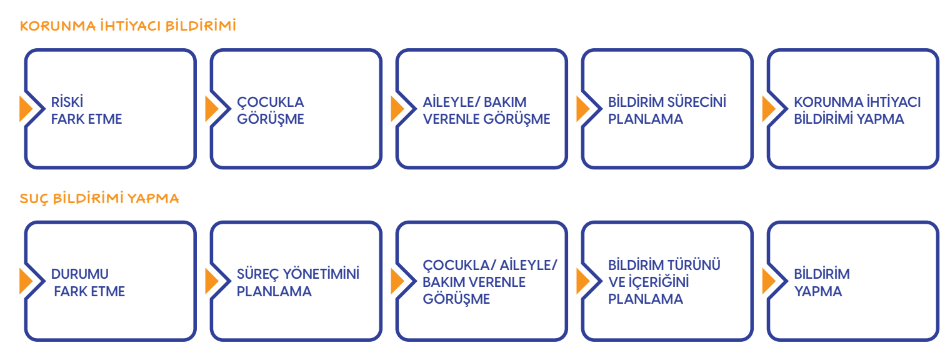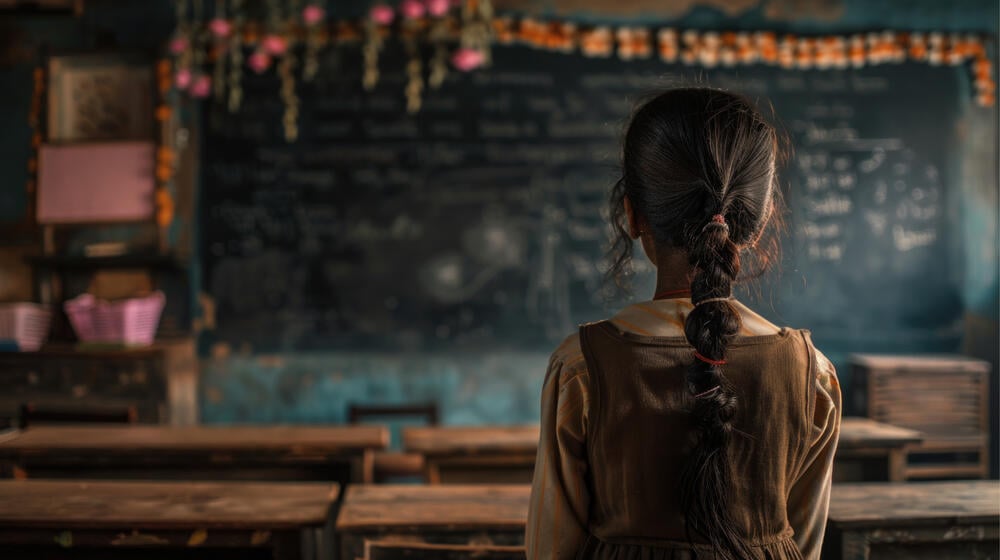Child, early and forced marriages are one of the most common human rights violations in the world as a form of gender-based violence. In Türkiye, one in every four women was married as a child. The United Nations Population Fund, UNFPA, has added a new one to its long-standing work to ensure that all children can live safe and healthy lives, and with the financial support of the Swedish Government and in cooperation with the Teachers Network, it has developed a guide to ensure that teachers can participate more effectively in the fight against child marriages. The guide, which is a roadmap for teachers and includes a wealth of information and guidance on both prevention and intervention processes, has been published.
ANKARA, TURKIYE - According to the United Nations Convention on the Rights of the Child (UNCRC), every person is considered a child until they turn 18, and every child has the right to live free from all harmful practices, especially child abuse and violence. Child marriage is both a form of gender-based violence and a human rights violation, and is one of the most widespread harmful practices that negatively affects children's physical, mental, social and emotional development. Accordingly, one in every four women currently married in Türkiye was married as a child.
With the awareness that all segments of society have a responsibility in combating child marriages; the United Nations Population Fund, UNFPA, has been working together with families, community leaders, the public, international institutions, civil society, academia and the private sector for many years. One of the key actors in this fight is teachers. In this context, UNFPA and the Teachers Network prepared the "Prevention and Intervention Guide for Child, Early and/or Forced Marriages" with the financial support of the Swedish Government. This guide has been prepared to support and inform teachers about the critical roles they can play in combating child marriages, and to guide them through various activities that can strengthen students, parents and teachers in their environment.

Teachers play an important role in ensuring that schools take action for a prevention-focused child protection system, that reporting processes are known and implemented, and therefore they are one of the most important groups in this struggle in terms of risk detection, prevention and intervention for the protection of children from violence. Teachers can have a significant impact in increasing the awareness of children, parents and opinion leaders in ensuring access to and attendance to education, in empowering women and girls against CEFM and in transforming their perspectives. In this context, the prepared guide explains what teachers can do and where they can apply in the detection, intervention and protection processes of child marriage risks.
For example; a child leaving school may be an indicator of the risk of child marriage. In order to combat this, teachers can report the risk to the Ministry of Family and Social Services. In cases where a child is wanted to be married, there are also behaviors that are considered crimes such as preventing them from continuing their education. If there is suspicion that such crimes have been committed, a crime report can be made to the prosecutor's office or law enforcement.
Following the production of the guide, Researcher Umay Aktaş Salman from the Education Reform Initiative talked to teachers from all over Turkiye about their experiences:
T.G., who works at a school in Mardin, explains the key role that teachers can play through her own experiences, “In the village where the school is located, there are no girls who have not married by the age of 18. They usually marry them off at 13-14. They tried to kidnap and marry off a girl who was in the 10th grade. When I insisted on my complaints, the student was eventually taken under protection and now she is attending the best high school in her province.”
F.E., who teaches in Adana and has encountered many cases of child marriage, explains how the problem can be observed and the reasons for it, “A student who is normally very quiet can become very cheerful or very cheerful but suddenly becomes quiet and withdrawn. Some do not know that there is another life due to social pressure and expectations based on traditional gender roles. Most of them get married to escape the pressure, violence and domestic care burden at home.”
Teachers can access the details of the project, which is carried out by UNFPA with the support of the Swedish Government and in cooperation with the Teachers Network, and other related content on the project page. They can also access the ‘Long Story’, which was prepared by Education Reform Initiative Researcher Umay Aktaş Salman based on the guide and interviews with teachers, as mentioned above.


